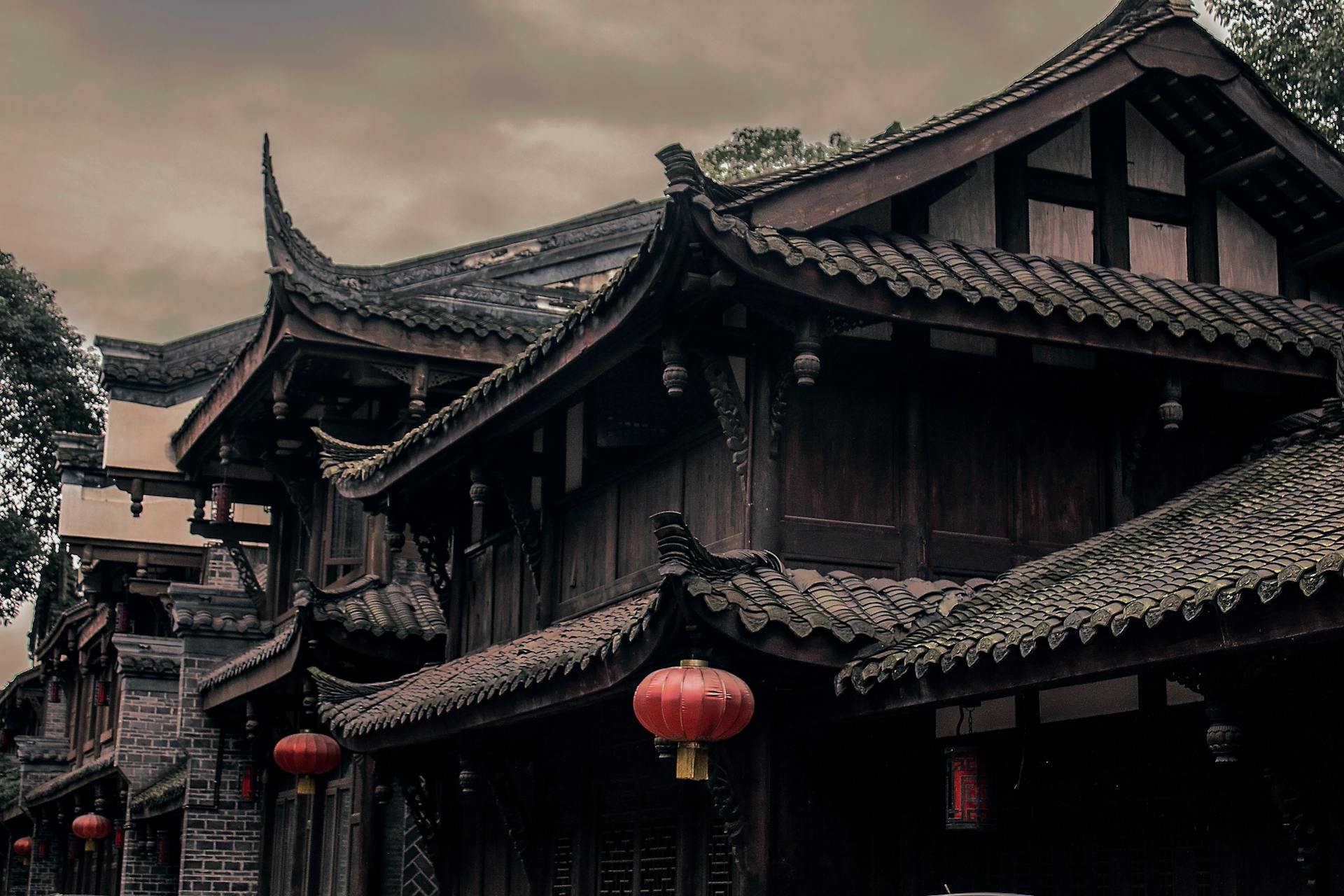China – A Journey Through Millennia of Civilization is not just a geographical journey across a vast nation, but a fascinating exploration of one of the world’s oldest and most enduring civilizations. From the ancient dynasties of the Yellow River Valley to the vibrant modern cities like Beijing and Shanghai, China offers a tapestry of history, culture, philosophy, and innovation that spans over 5,000 years.
China’s civilization traces its roots back to the Neolithic period, with the early settlements along the Yellow River giving rise to agriculture, social structures, and pottery. The legendary Xia Dynasty is often considered the starting point of Chinese history, though it is with the Shang and Zhou Dynasties that written records, bronze work, and a centralized political system truly began to flourish. Oracle bones, early forms of writing, and complex rituals reveal a deeply spiritual and hierarchical society that valued order and harmony.
By the time of the Qin Dynasty in the 3rd century BCE, China had been unified under a single emperor, Qin Shi Huang. His reign brought monumental changes: the standardization of writing, weights, and measures, and the construction of the first version of the Great Wall. The Terracotta Army in Xi’an, built to guard his tomb, stands as a testament to the scale and ambition of ancient Chinese leadership. The Han Dynasty that followed further expanded China’s influence, opening up the Silk Road and creating a golden age of culture, science, and technology.
Throughout successive dynasties such as Tang, Song, Yuan, Ming, and Qing, Chinese civilization witnessed remarkable achievements. Tang poetry, Song porcelain, Ming architecture, and Qing landscape painting each reflect a deep connection between humans and nature. Philosophies such as Confucianism, Daoism, and Buddhism shaped societal values and governance, emphasizing balance, respect, filial piety, and inner peace.
One cannot speak of China’s heritage without mentioning its remarkable inventions. Paper, printing, the compass, and gunpowder—known as the Four Great Inventions—fundamentally changed the world. These innovations emerged from a culture that revered knowledge and sought to harmonize with the natural world. Chinese medicine, calligraphy, martial arts, and culinary arts are further examples of this rich legacy.
Modern China is a fascinating blend of ancient tradition and rapid modernization. Cities like Shanghai dazzle with skyscrapers and high-speed trains, while tucked away in provinces like Yunnan and Gansu are ethnic villages where centuries-old customs still thrive. The Forbidden City, the Summer Palace, the Temple of Heaven, and countless ancient temples and pagodas preserve the architectural beauty of dynastic times.
To truly appreciate China’s cultural depth, learning the language is essential. Mandarin Chinese, with its tonal pronunciation and logographic script, is a window into how the Chinese think and perceive the world. For learners, Chinese flashcards are a popular and effective tool to memorize characters and build vocabulary. These cards, often paired with illustrations and pinyin (phonetic spelling), help bridge the gap between Western learners and this complex language. Understanding characters is not only about learning a word—it’s about unlocking centuries of meaning, evolution, and cultural significance.
China’s cultural influence has also reached far beyond its borders. Through the spread of Confucian ideals in East Asia, the maritime adventures of Zheng He, and the global export of Chinese tea, silk, ceramics, and cuisine, China has left an indelible mark on the world. In recent decades, its economic growth and technological advancement have redefined its role on the global stage, while initiatives like the Belt and Road reflect a modern vision rooted in historical patterns of connectivity.
Moreover, festivals like the Lunar New Year, Mid-Autumn Festival, and Dragon Boat Festival celebrate not only historical legends and agrarian cycles but also the unbreakable bonds of family and community. These events continue to connect millions of people—both in China and across the Chinese diaspora—to their roots.
In conclusion, China – A Journey Through Millennia of Civilization is more than a study of monuments and rulers; it is a story of a people whose contributions to art, science, language, and philosophy have endured through time. From the serene wisdom of Laozi to the epic poetry of Li Bai, from the engineering marvels of ancient bridges to the algorithms of modern tech firms, China embodies both continuity and change. As the world grows more interconnected, understanding China—its past, present, and future—has never been more vital.


Comments